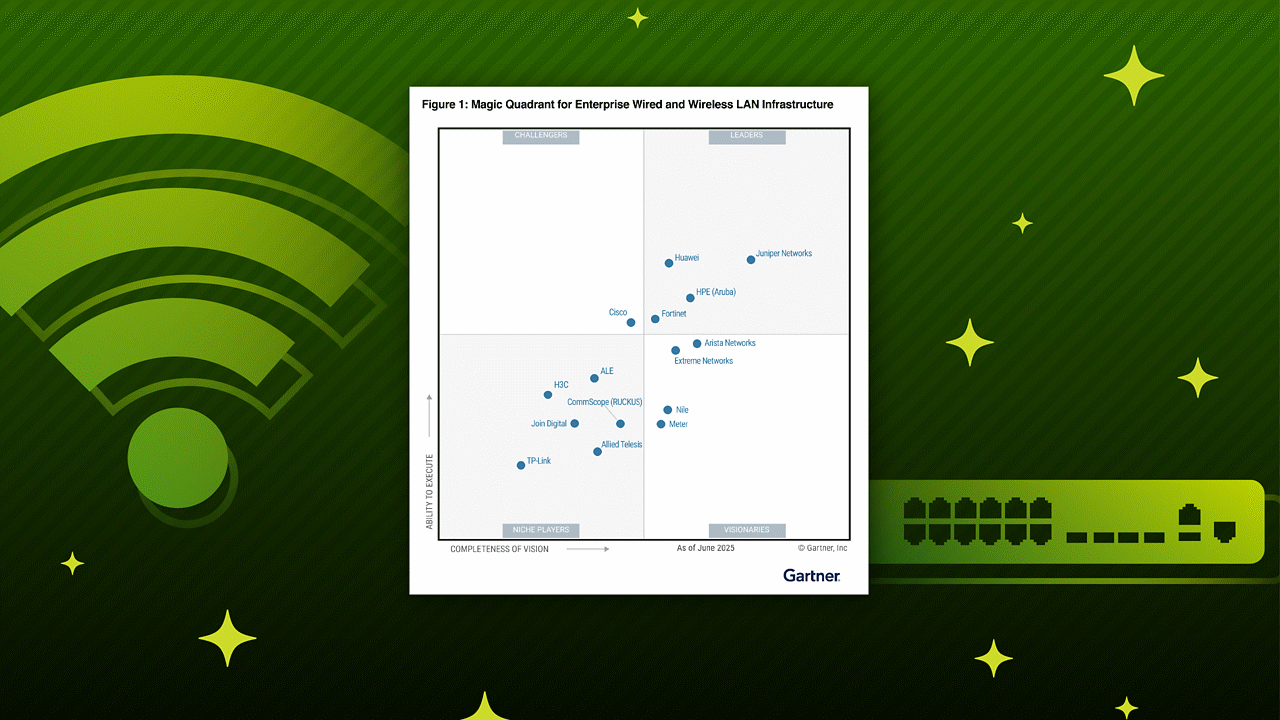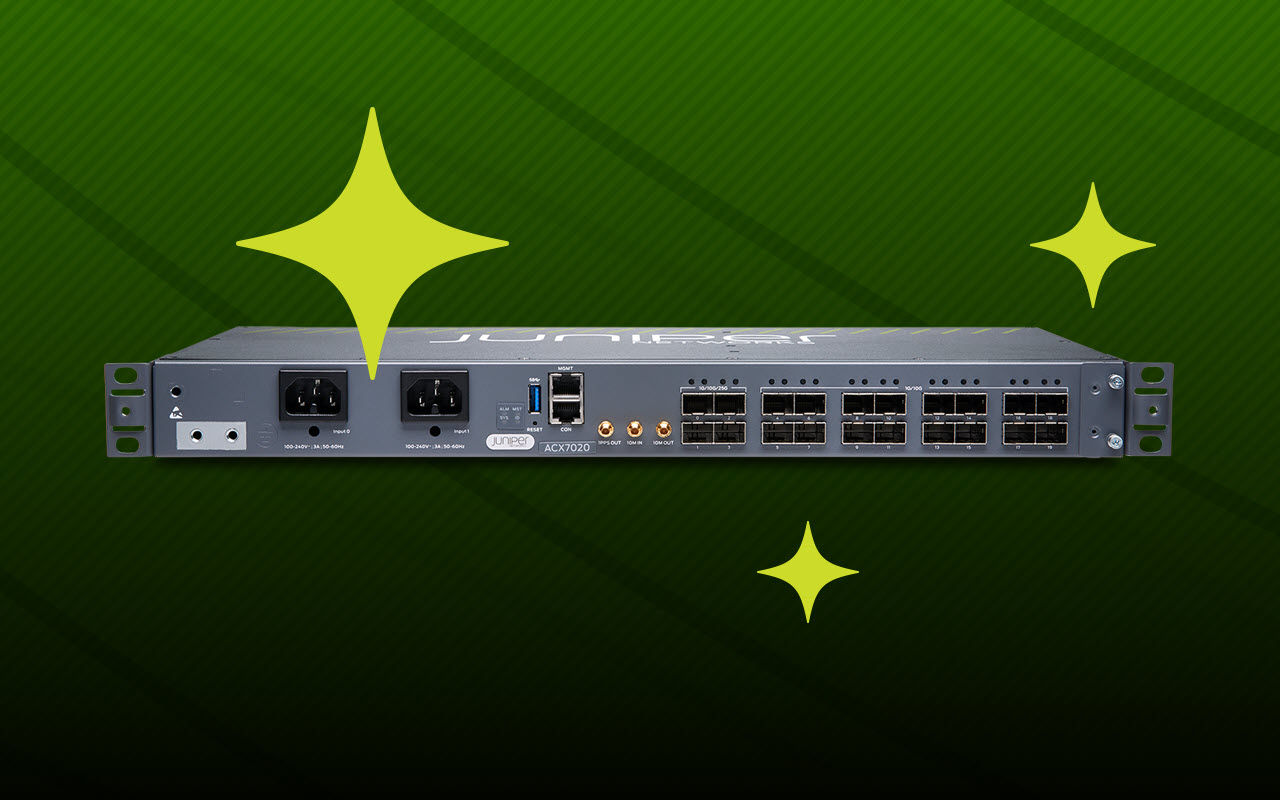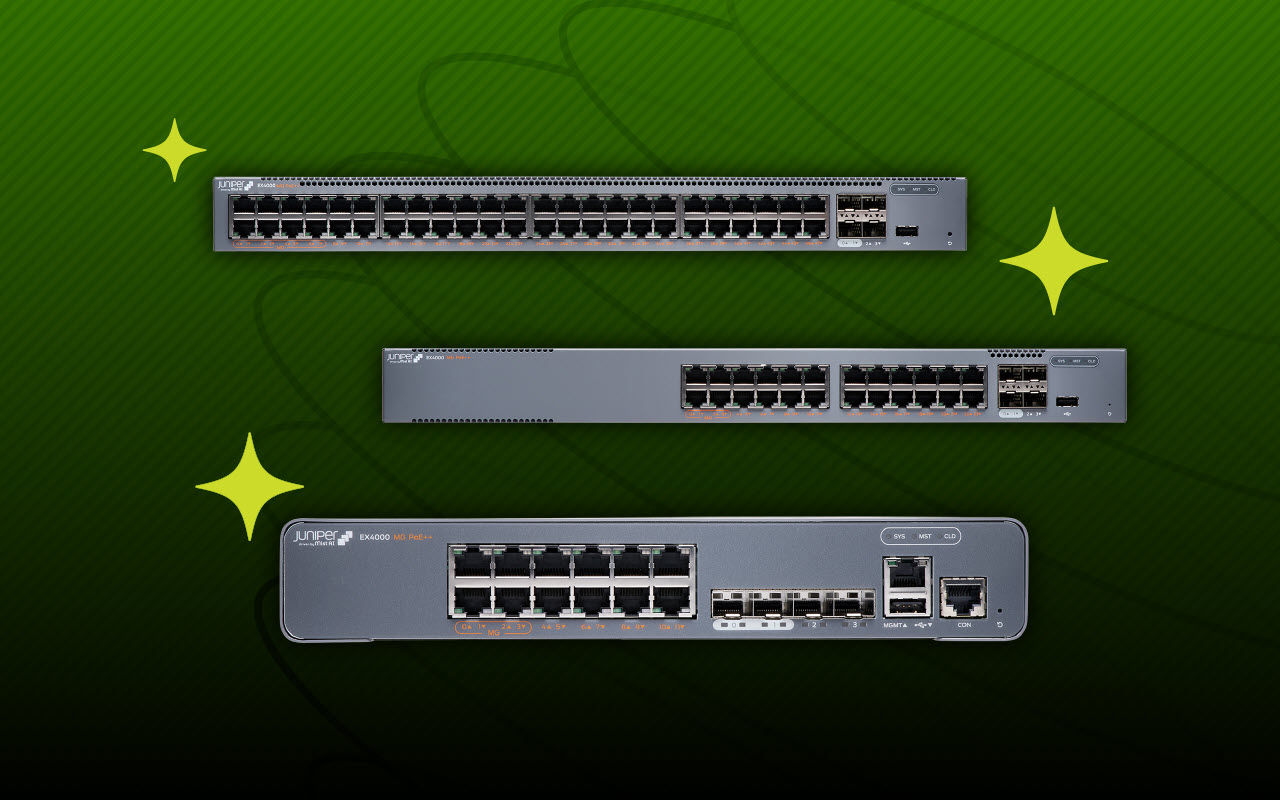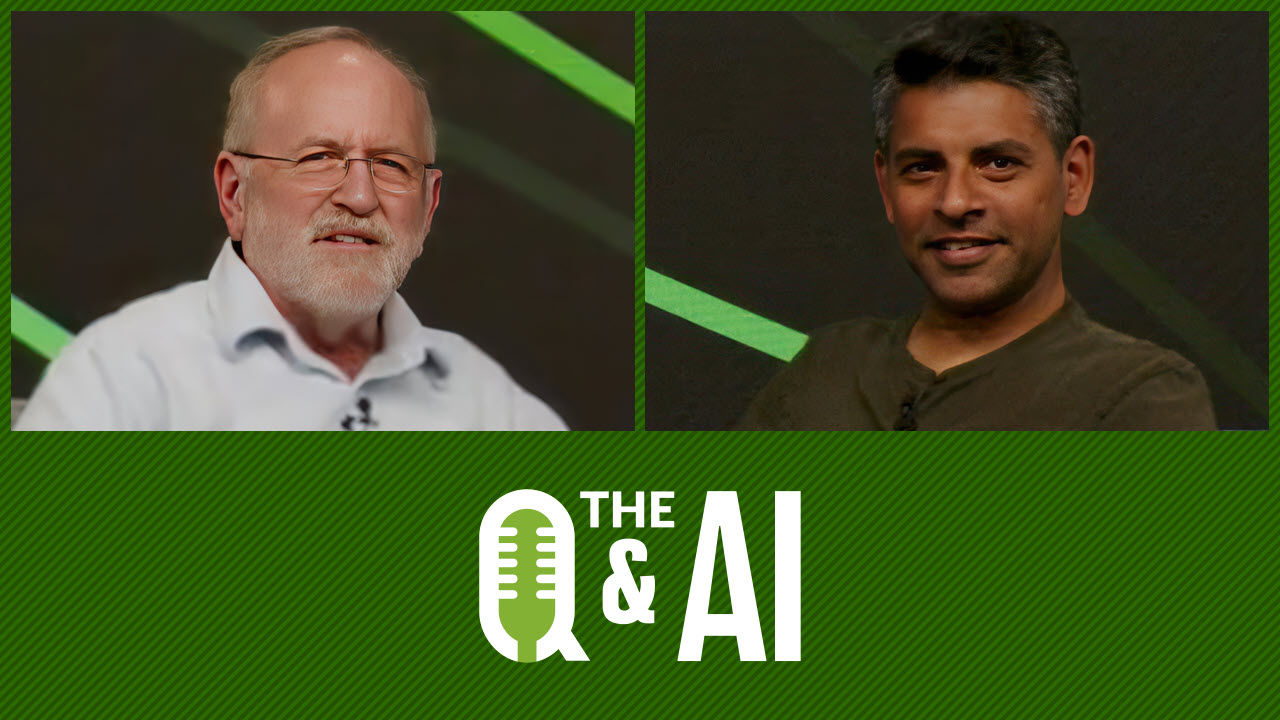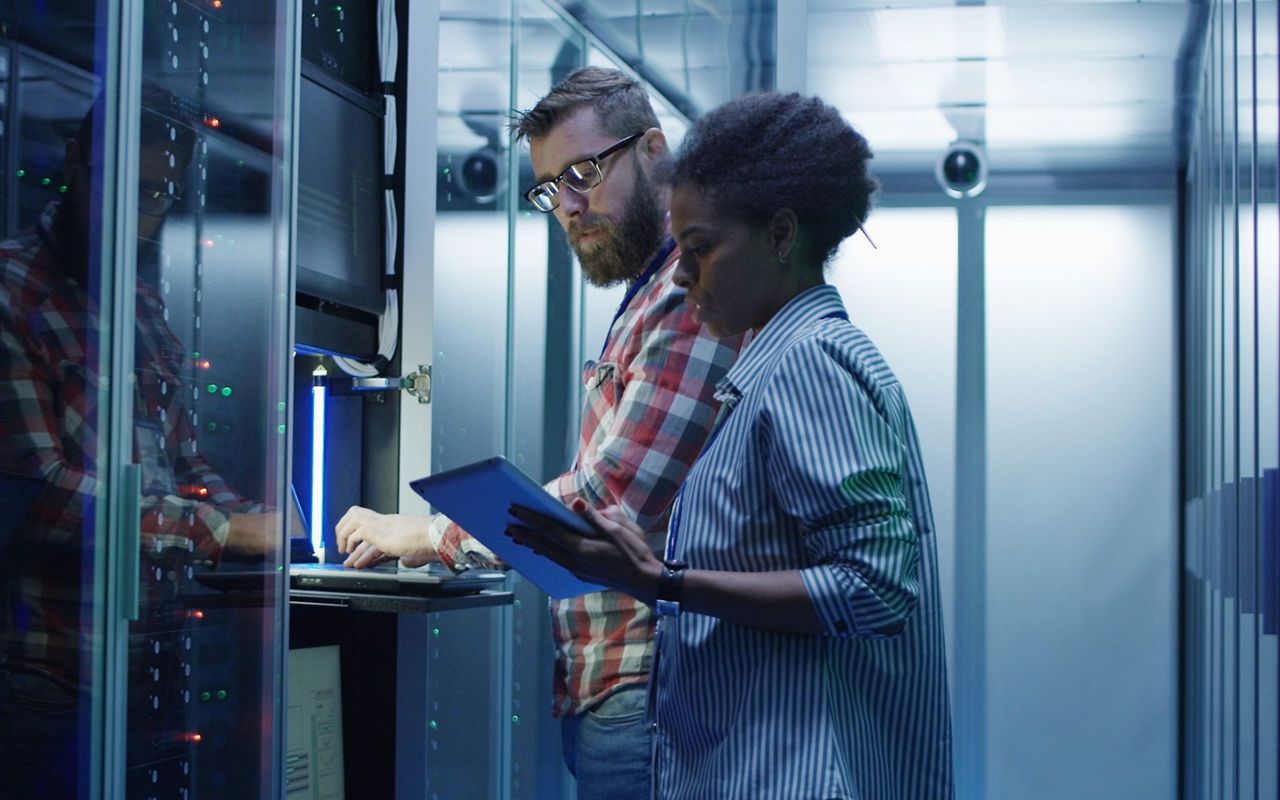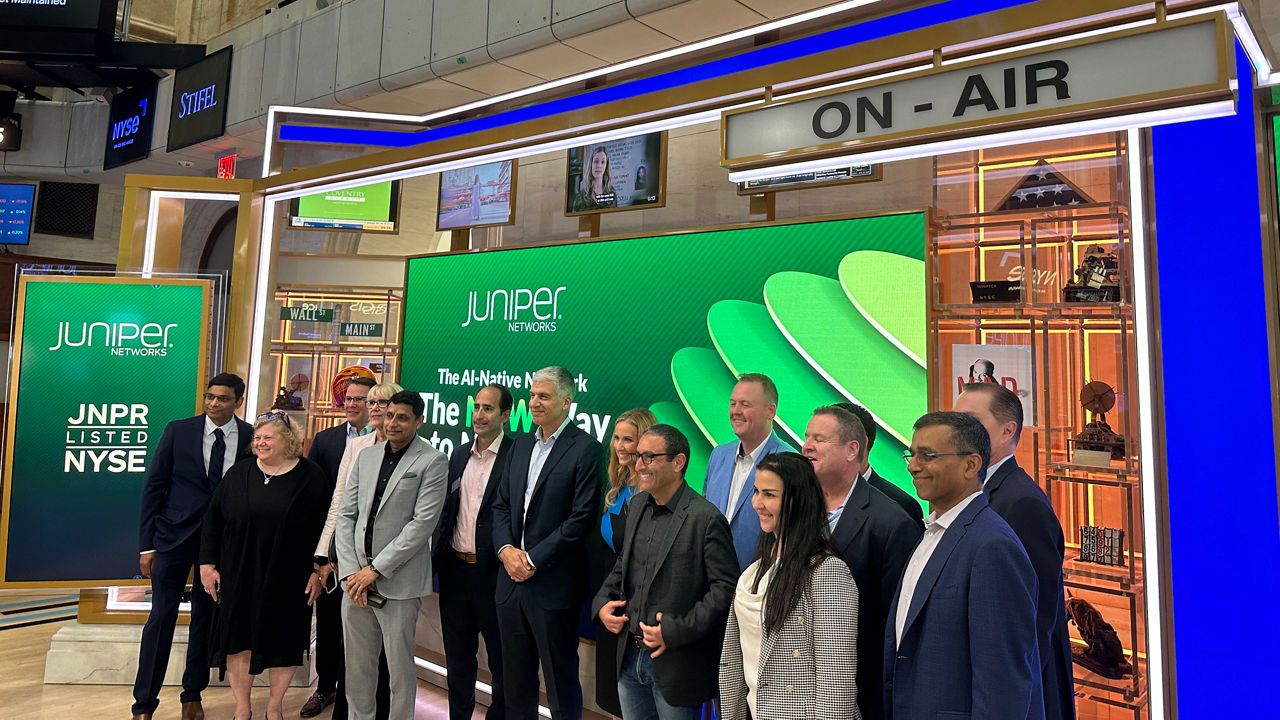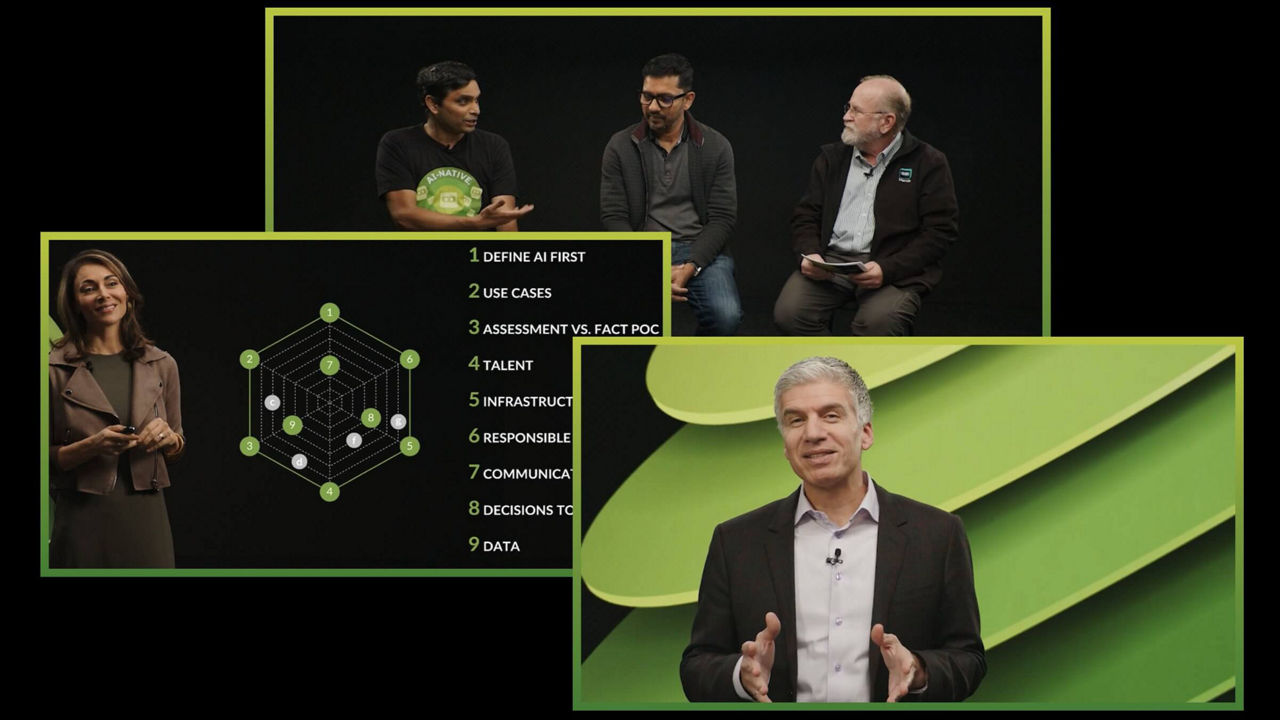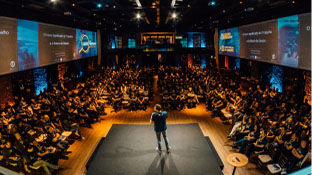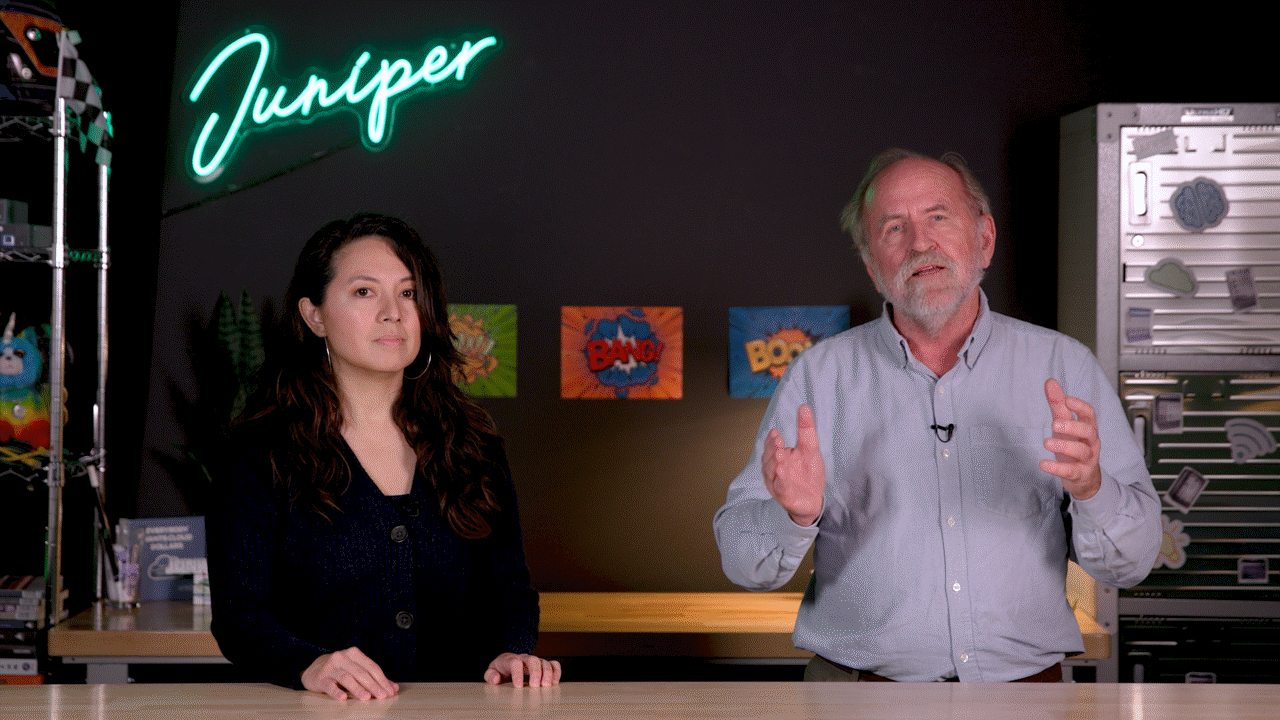Juniper Networks: Emerging Use Cases for IP over DWDM


Emerging Use Cases for IP over DWDM
Juniper’s Moran Roth shares Juniper’s views on the future of IP over DWDM with Heavy Reading’s Sterling Perrin. Beyond 400G coherent, new use cases are emerging at 800G and at 100G. But multi-vendor network management must be addressed.
You’ll learn
How the landscape of IP over DWDM technology is evolving
Why hyperscalers are adopting 400ZR for data center interconnect use cases
The importance of multi-vendor networking in IP over DWDM technology
Who is this for?
Host

Experience More
Transcript
0:01 [Music]
0:06 I'm Sterling perin with heavy reading
0:08 and I'm here with Moran Roth from
0:10 juniper and we're talking about the
0:12 future of Ip over dwdm good to see you
0:15 again nice seeing you Sterling it's been
0:17 a few months ofc and back at uh eock 24
0:21 so another hop in show a lot going on
0:24 with juniper um yeah so IP over dwdm um
0:29 spending a lot of time this Year from a
0:30 research perspective on the topic
0:32 working with of course you guys in the o
0:34 on a project right now but um from your
0:37 perspective what what kind of traction
0:38 are you seeing around ZR and ZR plus and
0:41 and IP over dwm right now so it it
0:45 started three years ago in Earnest with
0:48 a
0:49 hyperscaler h deploying 400 gig routers
0:53 in volume and started to use 400 gig ZR
0:58 mainly for data center interconnect use
1:00 cases about two years ago this expanded
1:03 beyond the hyperscalers to Cloud
1:06 companies again adopting the 400 gig
1:10 platforms with a 400 gig ZR and just
1:14 last year after the zbm Optics uh
1:18 started to appear in the market we
1:21 started seeing a lot of traction with
1:24 service providers and
1:26 Enterprises using it h for uh more than
1:32 just data center interconnect started
1:35 using it in the Metro H and even
1:37 Regional
1:39 networks so this the Zer dbm is of
1:41 course the high output power which from
1:44 a Telco perspective helps you get
1:47 through rhm networks and and greater
1:49 reach um so you're you're starting to
1:52 see driven by that
1:54 particular um variant of of ZR that is
1:58 really what you're seeing as as a
2:00 launching pad for more you know a Telco
2:01 market and Enterprise as well exactly so
2:05 we see it for even for Enterprise for
2:07 example research and education networks
2:09 are building um you can think about
2:13 interconnecting many uh
2:16 universities across States and uh or
2:19 across Europe uh and this requires the
2:24 zbm because you are going over a radm
2:26 based line system so this is an example
2:29 for Enterprise
2:30 service providers as we know they are uh
2:34 they have much larger networks it's not
2:37 just point to point um so they started
2:40 relatively slow uh but we see a
2:43 significant acceleration acceleration of
2:45 their adoption this year with a lot of
2:48 field trials and initial deployments and
2:52 you would put them in the bucket of I
2:56 guess ZR Plus or maybe ZR plus with zero
2:59 DBS M or do you I mean when you say zr+
3:01 is it pretty much zero dbm is that kind
3:04 of yeah so H
3:07 zr+ minus 10 dbm was in a I would call
3:11 it in a bind yeah because by the time
3:14 service providers started deploying it
3:17 or using using it zbm became available
3:21 and then it's a super set that can they
3:23 can use for every use case including
3:26 rodom networks yeah and this is where
3:28 really where we see now zero dbm takeoff
3:31 y kous are you seeing um you know you
3:34 could you could also call zero dbm a
3:37 super set of of even ZR are you starting
3:40 to see in in maybe Telco and Enterprise
3:43 just saying we're just going to go with
3:44 with ZR plus and forget about you know
3:46 the the ZR variant or do do you see ZR
3:49 having a place in in Telco and
3:51 Enterprise as well so we see both we see
3:53 even the same customers
3:56 using uh ZR for data center IND connect
4:00 or router interconnect across a few tens
4:03 of kilometers between colos and then
4:06 using zero dbm for Road and based
4:09 networks on the other hand we see the
4:11 other uh side of cloud companies using Z
4:17 dbm because they they prefer a single uh
4:22 transceiver that can have any use case
4:25 on their Network so they they use a zero
4:28 dbm to do this C for uh 40 km and even
4:33 100
4:34 kilm um and and again they prefer the
4:37 Zer dbm so they're all in play yeah
4:38 change gears a little bit um so it was
4:40 interesting following the the evolution
4:43 of of 400 ZR ZR plus it's gone both up
4:47 market and you know what I call down
4:49 Market 800 gig and then to 100 so maybe
4:52 kind of talk through both of those maybe
4:53 start with 800 ZR ZR plus what is
4:56 Juniper seeing and and what are you
4:58 expecting so we started uh demonstrating
5:02 our 800 gig solution including the PTX
5:06 1000002 and the 800 gig zrzr plus
5:09 transceiver at ofc right we talked about
5:12 it at ofc yes we have the demo here at
5:15 EO as well um and we see a lot of
5:19 interest both from cloud companies and
5:23 uh service providers to start doing
5:26 field
5:27 demonstrations the big benefit that 800
5:30 gig brings with its H increased
5:33 performance is longer distances so you
5:36 can take the IP over dwdm Technologies
5:39 from DCI and Metro even to Long Haul and
5:44 this is what 8 gig ZR plus can do with
5:47 its H better flexibility running at at
5:50 running at less than 800 gig though
5:52 you're saying in that case so it's
5:53 running at a 600 gig mode or or 400 gig
5:57 mode but even uh uh now you start seeing
6:02 uh probabilistic constellation shaping
6:04 modes coming on board that can even
6:07 stretch the 800 gig further than 400 gig
6:11 ZR plus can do today what one thing uh
6:14 and then I I'll I'll go to a 100 Gig but
6:16 you know you're you're a router supplier
6:18 and um from the router perspective you
6:21 know say you have you know different
6:23 different routers is it really just a
6:24 matter of taking an 800 gig plug when
6:26 you know so and so comes out with the
6:28 plug and and you plug it in or is there
6:30 a big overhaul required from the the
6:32 router perspective you know the router
6:33 hardware and software yeah so there is a
6:36 lot of uh qualification uh to make sure
6:40 that you have compatibility between the
6:42 transceiver and the host the router in
6:45 this case h it starts from uh everything
6:50 Hardware related right mechanical
6:53 electrical signal Integrity power
6:56 consumption is a big uh factor and um
7:00 and and then thermal and what we found
7:03 out that there is a lot of variations
7:05 between different suppliers in terms of
7:07 the thermal map you can say okay I
7:10 consume X Watts but the question is how
7:14 this x watts are distributed and how the
7:18 air flows uh works in the in the router
7:22 so we found that especially this thermal
7:25 compatibility is something that requires
7:27 a lot of uh effort to to make it work
7:32 right yeah as I expected um 100 ZR you
7:36 know this was uh kind of the Forgotten
7:38 data rate at least from coherent and uh
7:41 seems to have a lot of Promise um but
7:43 kind of taken off maybe a little slower
7:45 than than I would have expected but what
7:46 is junip for seeing on the 100 ZR front
7:49 yeah so we have customers today using
7:51 our 4 gig ZR Plus at a 100 Gig mode in
7:56 some cases you know if you have really
7:59 bad
8:00 fiber and you can use that and it can go
8:04 a very long distances H for dark fiber
8:07 it can uh
8:09 do 100 120
8:11 kilomet H but really the promise is
8:16 getting this 100 Gig ZR into qsfp 28
8:20 right and into a the power envelope of
8:24 qsfp28 which is maximum of five Watts
8:28 low very low that's the we see the
8:30 benefit H we as I mentioned uh for the 9
8:34 gig for 100 gigs zard as well we started
8:37 doing demonstration at ofc
8:40 2024 with our H access and aggregation
8:44 routers and uh 100 Gig
8:47 ZR uh and um we see a lot of interest
8:52 from especially from service providers
8:54 and Enterprises absolutely less from the
8:57 cloud Community I agree completely right
9:00 uh the other one you know talking about
9:01 hotel Co and as I've delved further and
9:03 further into this project with you guys
9:05 in the oif the the management uh
9:08 somewhat surprisingly but maybe not has
9:09 become the a real big um you know area
9:14 of involvement or concern um kind of and
9:17 it sort of breaks out into two two parts
9:19 there's the node management the plug to
9:21 host and then the network management
9:22 maybe talk through both of those as um
9:25 as a router vendor that's you know
9:26 having the plugs uh embedded um no
9:29 management and the seus work is that
9:32 kind of has that covered what's needed
9:35 from a node perspective yeah so H I'm
9:38 looking at it as um you know uh three
9:41 floor building sis is the ground floor
9:45 where simis enables management of the
9:50 transceiver by the host and really simp
9:54 H standardizing or simplifying the
9:56 software so the same software can manage
9:59 any transceiver not just coherent any
10:02 type of of transceiver right Pam 4
10:05 cables um so simis was really
10:09 instrumental in making that
10:12 simplification but this simis is only
10:14 the ground floow the second floor is
10:18 where the software of the host is
10:22 enabling uh the open config and
10:25 Telemetry to expose the coherent
10:28 parameters
10:30 uh to the management system and this is
10:34 where the host uh software uh it's the
10:39 whole software work and then the third
10:42 floor is really the controllers okay
10:45 right and for IP over dwdm you want to
10:48 see H end to end management between the
10:51 IP controller that manages the router
10:54 with the transceiver in it and the uh
10:58 Optical controller or nms that manages
11:01 the rodent based line
11:04 system and you want to see this
11:06 orchestrate orchestrated and this is
11:09 where tip uh has this uh
11:12 architecture that Define this
11:15 interoperability or interworking between
11:18 the controllers and then uh maybe I know
11:21 we're short on time but automation we
11:23 just did a webinar together very
11:25 recently automation has a a pretty
11:27 important role to play here
11:29 um at at I guess one or more of those
11:32 layers you just discussed maybe kind of
11:34 just talk quickly about where Juniper
11:35 sees the important role of automation
11:38 yeah so automation is critical for uh
11:41 reducing cost and for Expediting time to
11:45 revenue H just one example um we have
11:50 embedded uh active Assurance uh probes
11:54 in our Hardware our routers and this
11:58 enables a faster turn up of services and
12:04 uh 247 monitoring of the SLA so the
12:09 service provider can find issues before
12:13 the customer even knows that there is
12:16 something wrong
12:18 so and and then AI again everybody's
12:22 talking about Ai and machine learning
12:24 this is just the next step in automation
12:29 y right where the uh AI we see a bring a
12:33 lot of value for day two operations
12:36 where it can uh automate
12:40 anomaly uh
12:42 detection um help with root cause
12:46 analysis and uh suggest mitigation steps
12:51 and how to remediate the issue um and we
12:55 are integrating that we are now focused
12:58 on integrating that functionality into
13:00 our systems and a paragon controller
13:06 yeah so there there is a lot I mean it
13:07 starts with the plug bles but then as
13:10 you've described it it really builds and
13:12 builds and there's a lot of pieces that
13:14 that need to come together in order to
13:16 to roll out these very promising
13:18 architectures uh in in the future and
13:20 hopefully the the near future um but
13:23 yeah always a pleasure catching up with
13:24 you uh enjoy the rest of the conference
13:26 okay thank you Sterling thanks for




